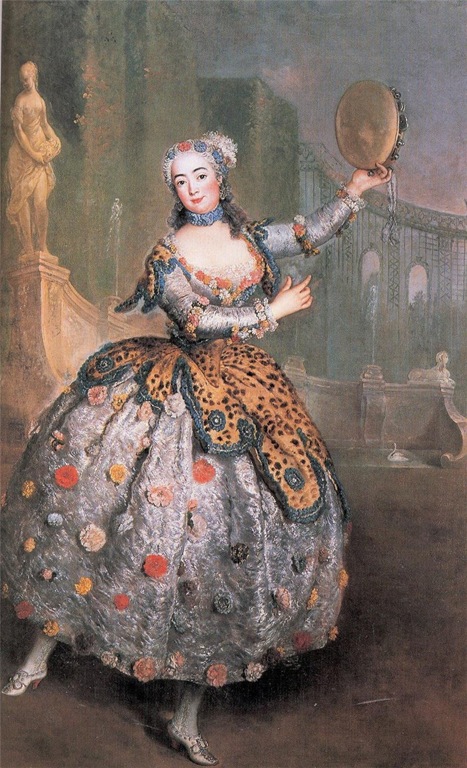"THE LITTLE FIDDLE"

"The Little Fiddle"
https://www.youtube.com/watch?v=DP1J4pObRIE
Danny Kaye performed this sketch live in the movie
"The Secret Life of Walter Mitty"
"The Little Fiddle"
https://www.youtube.com/watch?v=5F_3mcMKzV4
"The Little Fiddle"
Lyrics

"The Little Fiddle"
https://www.youtube.com/watch?v=DP1J4pObRIE
Danny Kaye performed this sketch live in the movie
"The Secret Life of Walter Mitty"
"The Little Fiddle"
"The Little Fiddle"
Lyrics
My dear children, hello. Oh, no no no children, everyone must answer please hello before we can start. Hello? Well, that is better. Now, if you would all draw up your chairs and listen very closely I will tell you a most unusual story. The story of the little fiddle. As it is told in Symphony number 45, which was written by the great Czechoslovakian composer Andre (gibberish name) Junior.
Now, this story children is very unusual, because it is told not only with words, but also with music. But first I want you to meet the symphony orchestra.
How do you do?
Shake hands with the trombone
And the tuba
And the oboe
And the saxophone, sousaphone, zither and xylophone
Clarinet, buglehorn, fiddle and flugelhorn
Tinny kazoo and the timpani, too
And the piccolo, piccolo
Shake hands with the trombone
And the tuba
And the oboe
And the saxophone, sousaphone, zither and xylophone
Clarinet, buglehorn, fiddle and flugelhorn
Tinny kazoo and the timpani, too
And the piccolo, piccolo
Now some of you children may be very surprised to hear that the symphony is not only music, but that it always tells a story. Which has a beginning, a middle, and an end. Except for the unfinished symphony, which has a beginning.... As I was saying
If you listen you will hear
From the corner of your ear
How the oboe she makes love to the bassoon
And the fife goes diddle, diddle
And the fiddle's in the middle
And the dish ran away with the spoon.
From the corner of your ear
How the oboe she makes love to the bassoon
And the fife goes diddle, diddle
And the fiddle's in the middle
And the dish ran away with the spoon.
Heh, heh, heh, that's what she did. Well, so. Now we tell the story. Which starts with the first movement. Presto vivace argomento molto, cantabile molto, chocolo molto. And we have the first theme which is naturally the theme of the little fiddle.
Now this little fiddle is a young girl who lives with her wicked guardian, which is a french horn. Now this young girl, who is a beautiful girl, and her wicked guardian live all alone on a farm. And all she has for company are a hen, and a dog, and a nanny goat.
Now, one day when her wicked guardian, the french horn, is upstairs busy washing his coils along came a handsome young trumpet. When he clasps his eyes on the little fiddle his heart went zing (musical noise). And he gets so excited he has a big cadenza, which is a solo passage in triple time.
This brings us to the second movement, when the little fiddle is happy, and the trumpet is happy. When suddenly, out stalks the french horn. Ehhhhhh, what's going on here says the french horn. The little fiddle is so "putrified" her bridge falls out. But the trumpet says, we love each other. But the french horn is very objectionable to this marriage. And the trumpet blows his top, ah shut up!
Now I know who you are, you are not the french horn at all. That (nice music) had me fooled for awhile but the (bad music) gave you away. You are a glockenspiel in disguise beyond a doubt wanted by the police for drowning twelve little fiddles out. The glockenspiel tries to escape to his flat but the animals are too sharp for him.
Ow, in the leg!
Ow, in the neck!
Ow, in the face!
Ow, in the other place!
The glockenspiel is trapped, his escape they are foiling, so he jumps into a kettle drum, which is boiling.
INSTRUMENTS MENTIONED
IN THE SONG
| bassoon |
| bugle |
| clarinet |
| fiddle |
| fife |
| flugelhorn |
| french horn |
| glockenspiel |
| kazoo |
| kettle drum (timpani) |
| oboe |
| piccolo |
| saxophone |
| sousaphone |
 |
| timpani |
 |
| trombone |
| trumpet |
 |
| tuba |
| xylophone |
| zither |














